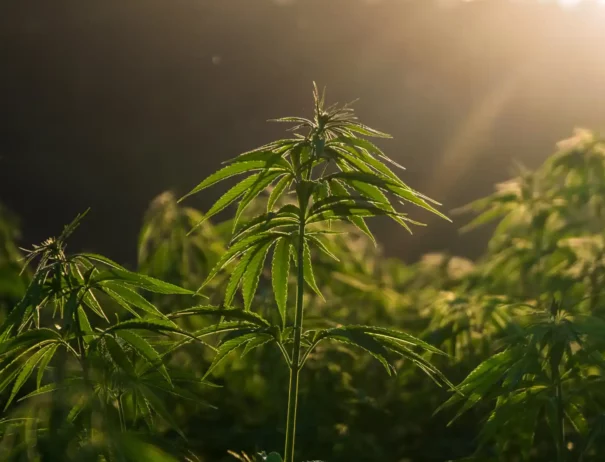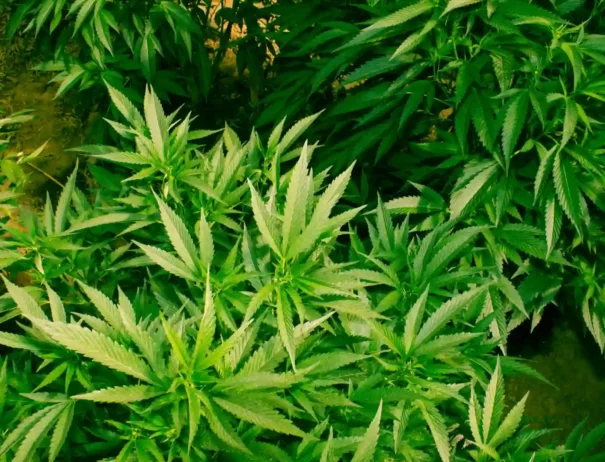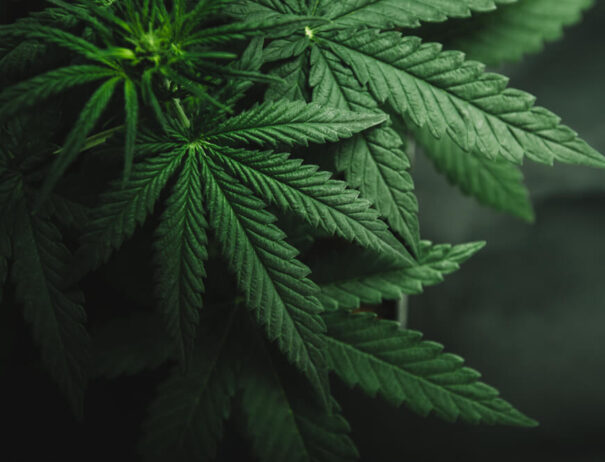Research Reveals Benefits of Outdoor Cannabis Cultivation for the Environment
Many cannabis enthusiasts know that for the highest quality products, you need a high-quality grow operation. Often, that means carefully monitoring and evening “babying” cannabis crops in indoor grow settings. Indoor marijuana cultivation operations are equipped with optimized lighting, integrated pest management systems, high-tech nutrient monitoring, and regular pruning and defoliation to keep plants healthy and maximize output. Operations may also employ state-of-the-art temperature and humidity control systems, water management, and CO2 enrichment. In short, cannabis growing operations are not your everyday at-home gardening project.
Recently, a new study explored the environmental impact of outdoor cannabis cultivation. It showed that outdoor grow operations may significantly lower the impact of growing and cultivating cannabis plants. The result? Shifting to outdoor cultivation may be a more sustainable and environmentally friendly practice that more cultivators should consider adopting.
The History of Marijuana Cultivation
For decades, marijuana has been a prohibited substance. Growing or consuming marijuana yields stiff criminal penalties, so to avoid the ever-watchful stare of federal and state governments, marijuana lovers in the 1960s and 70s moved their marijuana-growing operations indoors. Cannabis tends to have a distinct and pungent aroma during its early growing stage, so to avoid attracting unwanted attention, growers have started small indoor cultivation operations. While the indoor growing movement may have started thanks to a tactical hiding maneuver, cultivators discovered that growing marijuana indoors produced better results.
Growing outdoors means your crops are dependent on factors out of your control, like weather, climate, and pests. With indoor grow operations, cultivators found they had more control over the environment, which yielded plants with brighter colorations, tighter-packed buds, and higher trichome density. There were no pests, better balance, no prying eyes, and higher THC concentrations. It seems that indoor cannabis cultivation was a win-win.
As cannabis became legal in more and more states across the U.S., cannabis indoor cannabis grow operations became more high-tech and advanced. Growing the plants indoors gives cultivations higher yields, more potent buds, and enhanced security. In places like Colorado, it also means you can grow cannabis year-round without halting operations when the harsh winter snow blows in.
However, there is a downside to indoor marijuana operations: they tend to use an enormous amount of electricity. One study found that in California and Washington, cannabis-related power consumption accounts for nearly 3 percent of the state’s total power usage. The publication also estimates that cannabis grow facilities need about 40 times the power it takes for leafy greens like lettuce to grow indoors. While that is well shy of the power it takes to run data centers or mass cryptocurrency mining operations, it still represents a decent chuck of a state’s power grid.
New Study Says Outdoor Grow Operations are “Greener”
Recently, a study suggested that outdoor cannabis cultivation could be the key to reducing the environmental footprint of the growing cannabis industry. The study examined six distinct environmental factors: carbon footprint, fossil fuel use, acidification, water pollution, and metal depletion. The study indicates that outdoor cannabis cultivation operations reduce overall costs and emissions since outdoor cultivation uses less HVAC.
How dramatically does outdoor cultivation reduce the carbon footprint of marijuana grow operations? The Canadian study says that it depends. Alberta has significantly higher emissions from indoor marijuana cultivation operations because of its colder climate and reliance on fossil fuels. Comparatively, British Columbia has generally lower cannabis-related emissions because of its mild climate.
This disparity highlights the central sticking point of outdoor cannabis cultivation: the weather. One of the most meaningful reasons to maintain indoor grow operations is that cannabis can be grown and cultivated year-round. However, it also presents challenges with weed and pest control and keeping cannabis plants secure and safe from theft. Study authors recommend standardizing carbon footprint measurements for the industry and adopting eco-friendly labeling so consumers can make intelligent choices when shopping for sustainable and eco-friendly cannabis products.
Other Ways to Make Cannabis More Environmentally Friendly
In addition to adopting outdoor growing practices when the weather is right, marijuana grow operations can make other changes to help reduce the environmental impact the cannabis industry has on our planet. In Ann Arbor, Michigan, cannabis cultivators must generate at least 10 percent of their power from on-site solar panels. In Riverside, California, growers must generate at least 20 percent of their power from on-site, renewable sources.
Boulder, Colorado, has taken an even stronger approach to environmentalism. It gives cannabis cultivators the option of producing 100 percent of their power from local, renewable sources, or they must pay a significant surcharge for cannabis-related energy costs.
Progressive municipalities are spurring change in the industry by recognizing the energy costs associated with indoor marijuana growing facilities, offering incentives to companies that choose to comply with more environmentally friendly rules, and enacting strict energy-conserving policies. The result is a robust and more environmentally aware cannabis marketplace.
An approach that mixes outdoor operations with sustainable indoor cultivation during inclement weather may give cultivators and consumers more depth and better balance to their cannabis products. It also offers future generations a brighter and safer future, especially if other industries follow suit and adopt more sustainable and eco-friendly business practices.
The cannabis industry has never been afraid to blaze its trail and find new and progressive paths forward. Highlighting the environmental impact of indoor and outdoor cannabis cultivation and considering eco-labeling for marijuana products could help one industry reduce its environmental footprint. When consumers respond, it can push other industries to do the same. After all, change starts one small step at a time.
Follow Cannabutter Digest to learn more about the cannabis industry and other marijuana-related topics. We want to be your number-one resource for thoughtful news, tasty recipes, and inspiring product reviews.

Get Your Free eBook!
Download our FREE resource, The Ultimate Edibles Guidebook, full of recipes, infusion tips and everything you need to make your first batch of edibles today!



